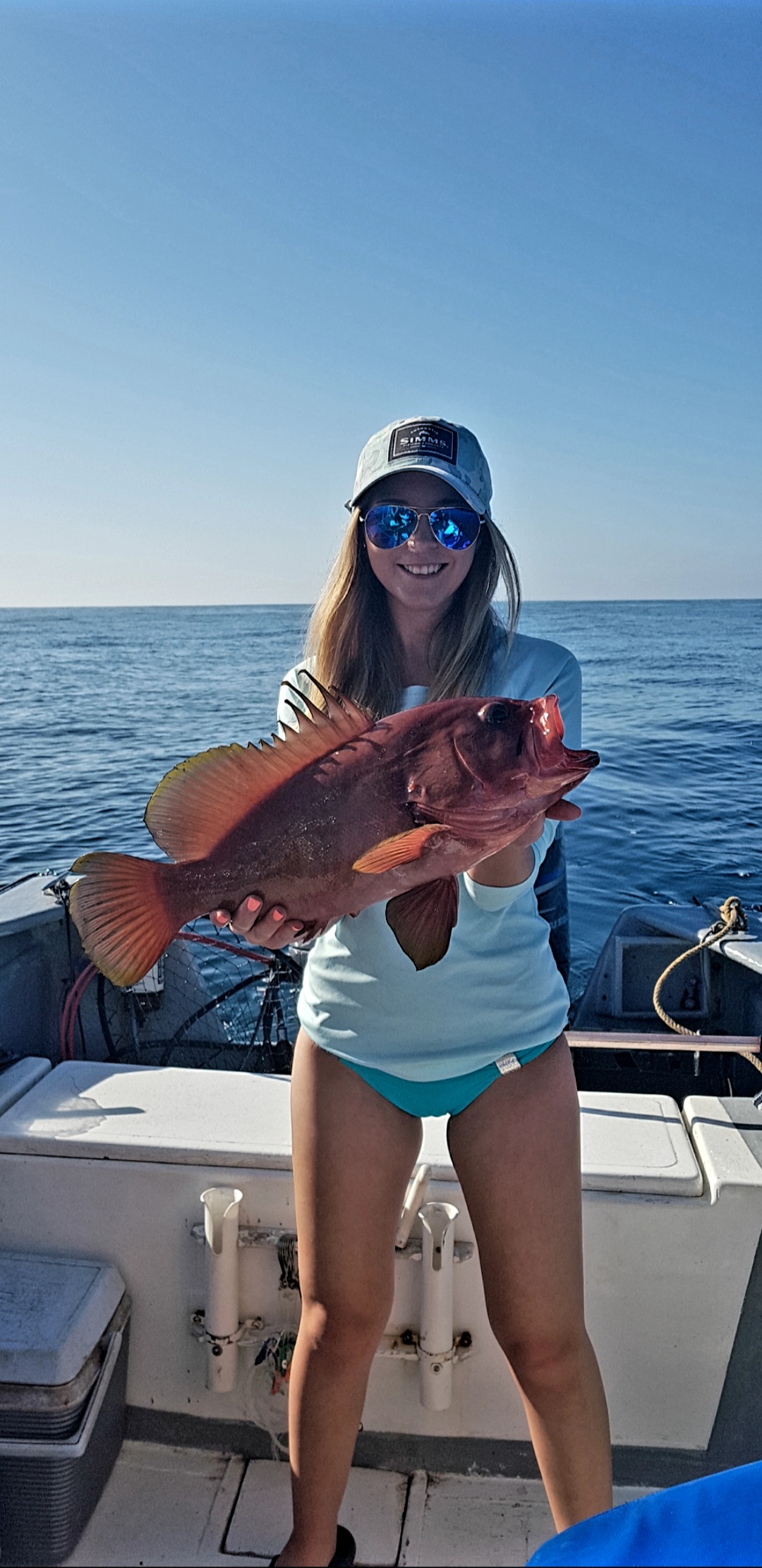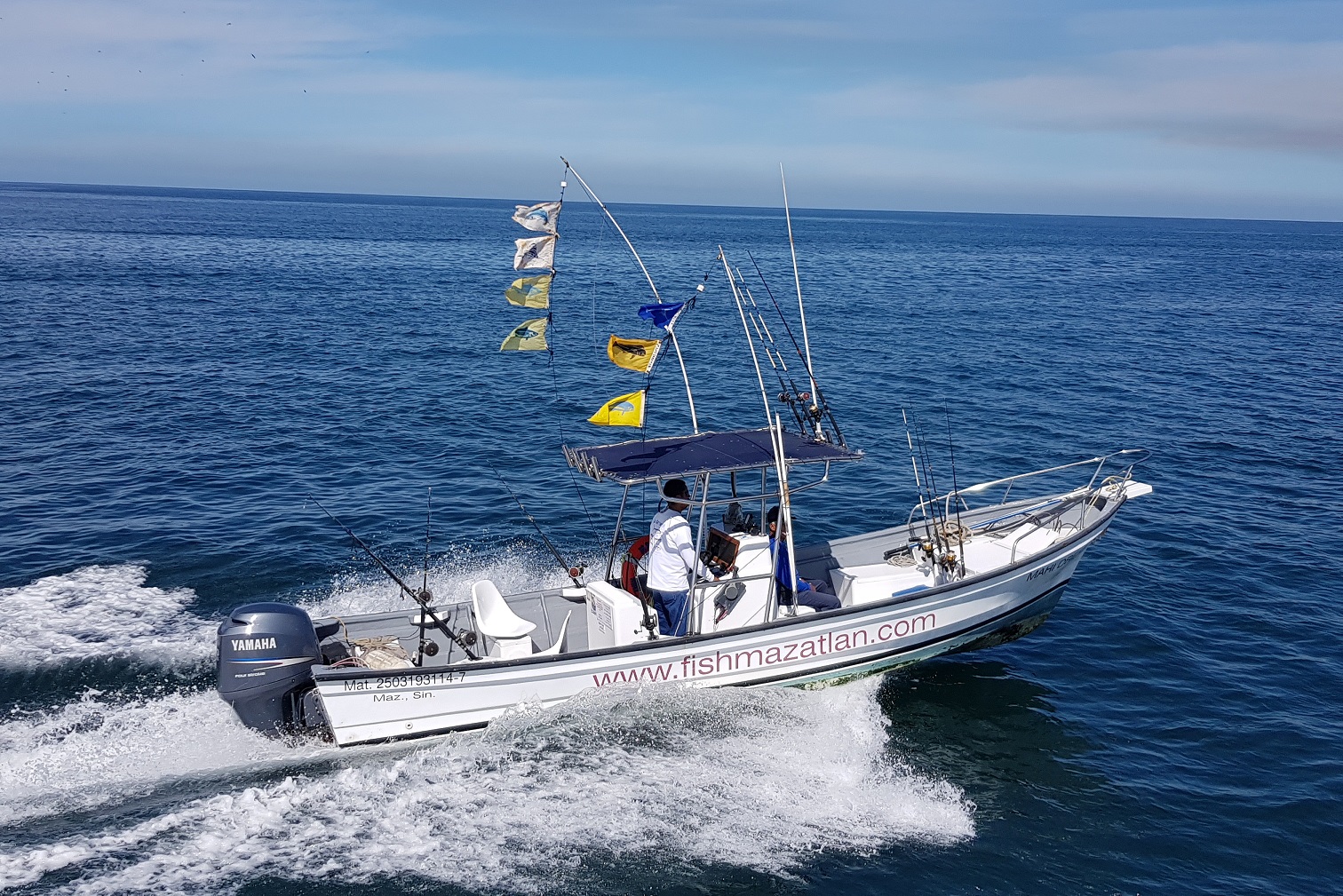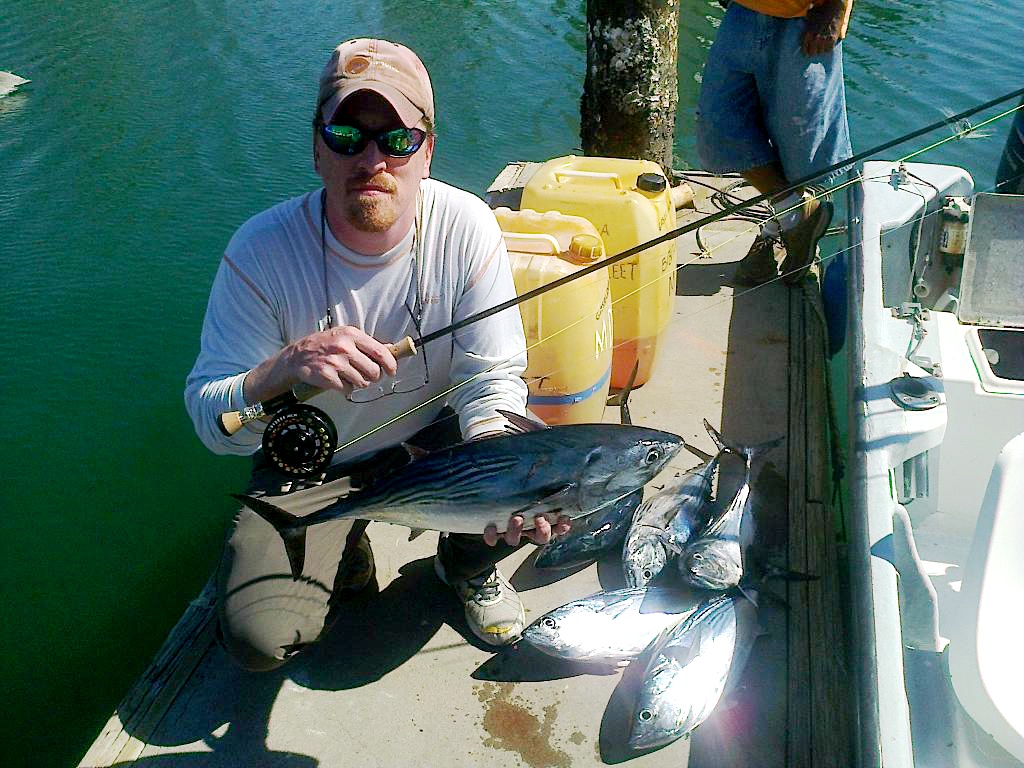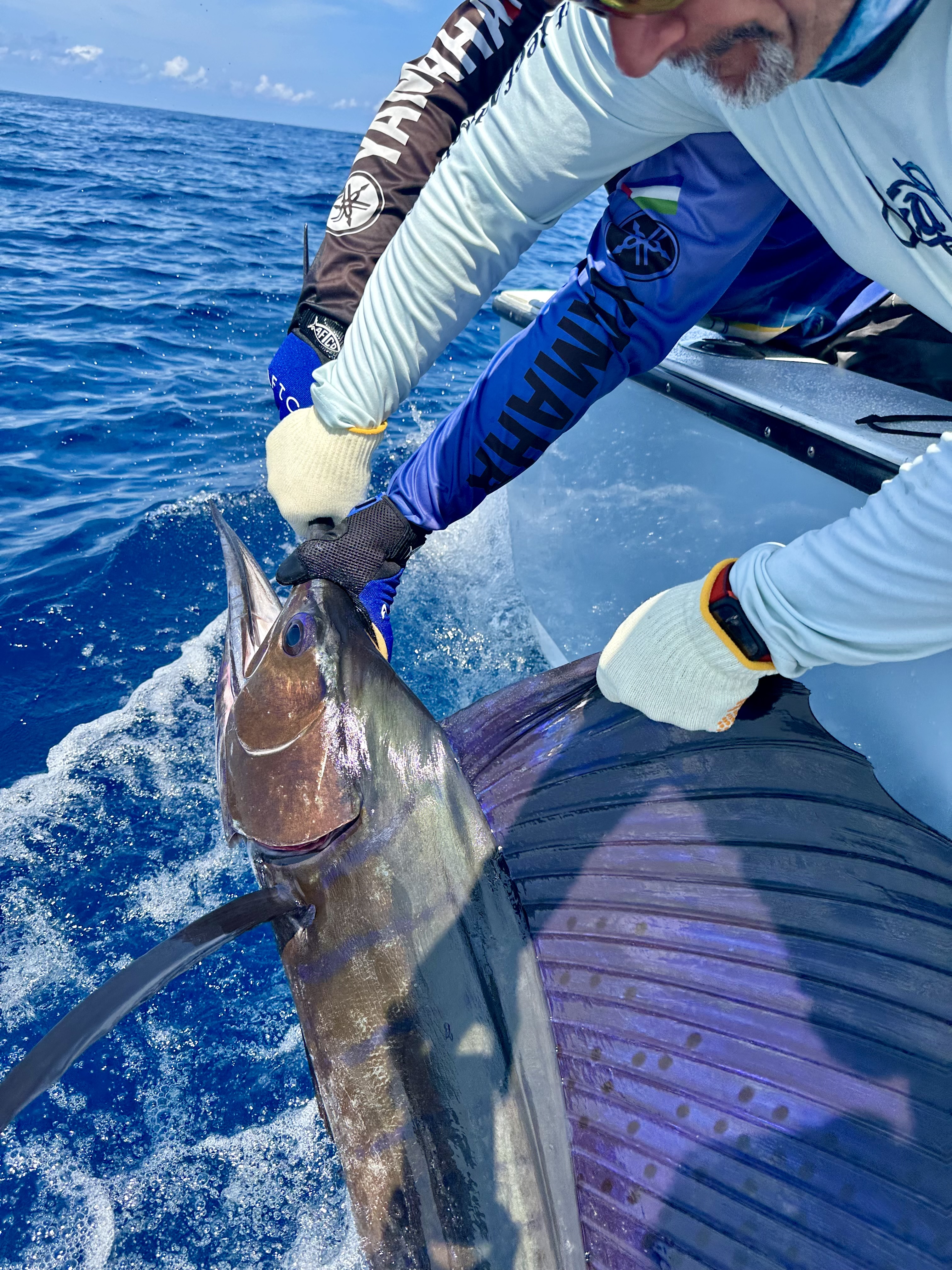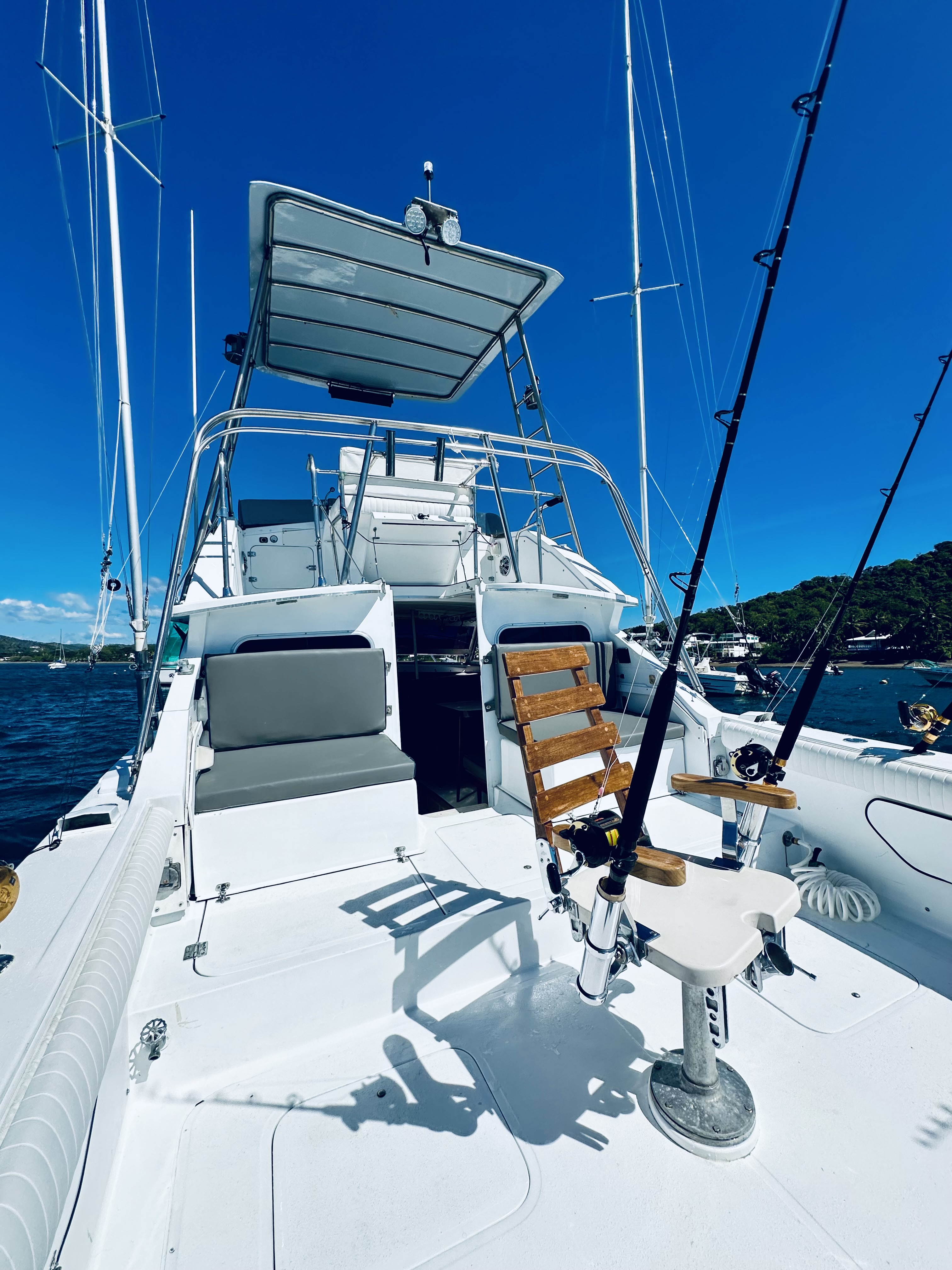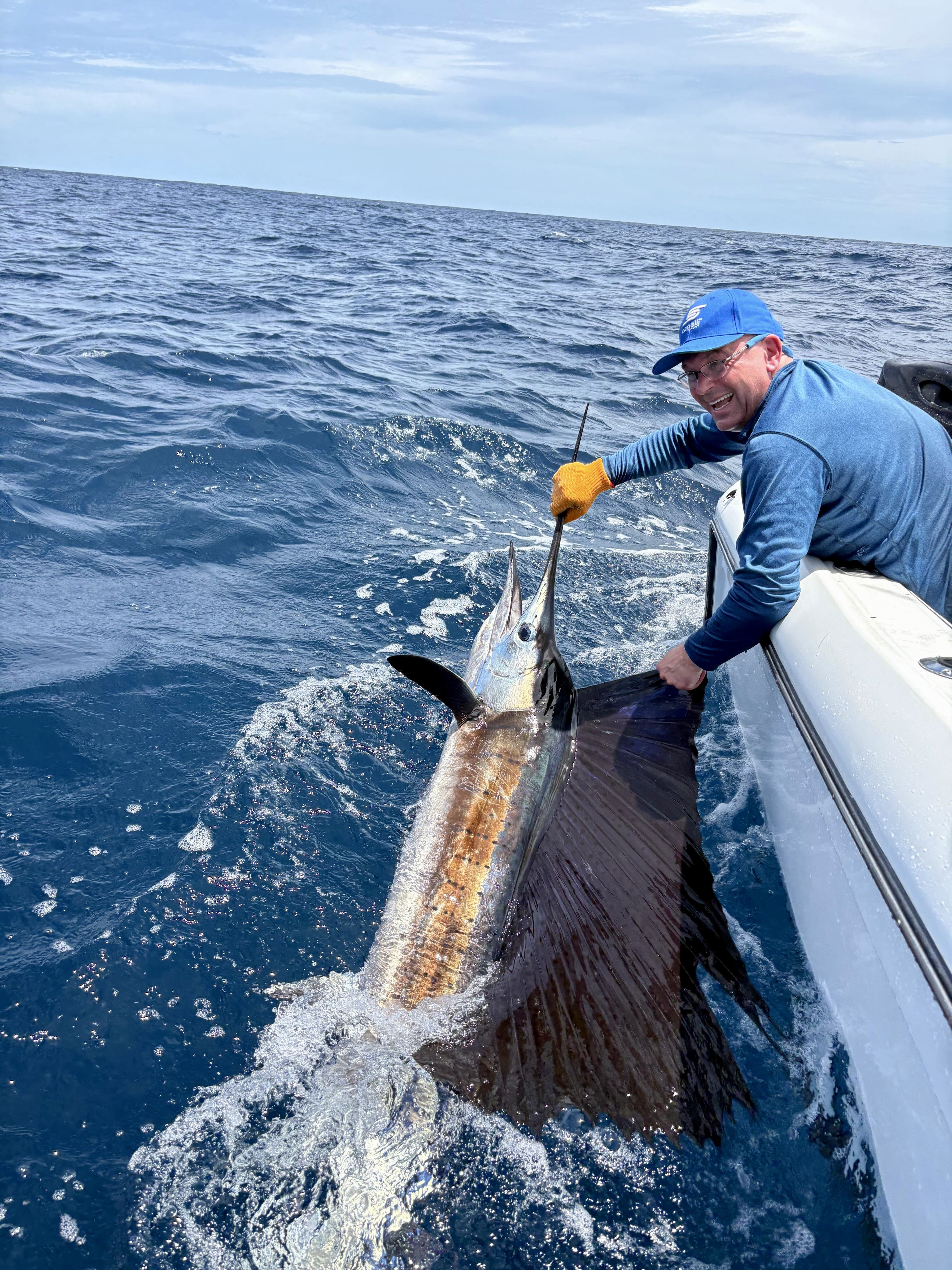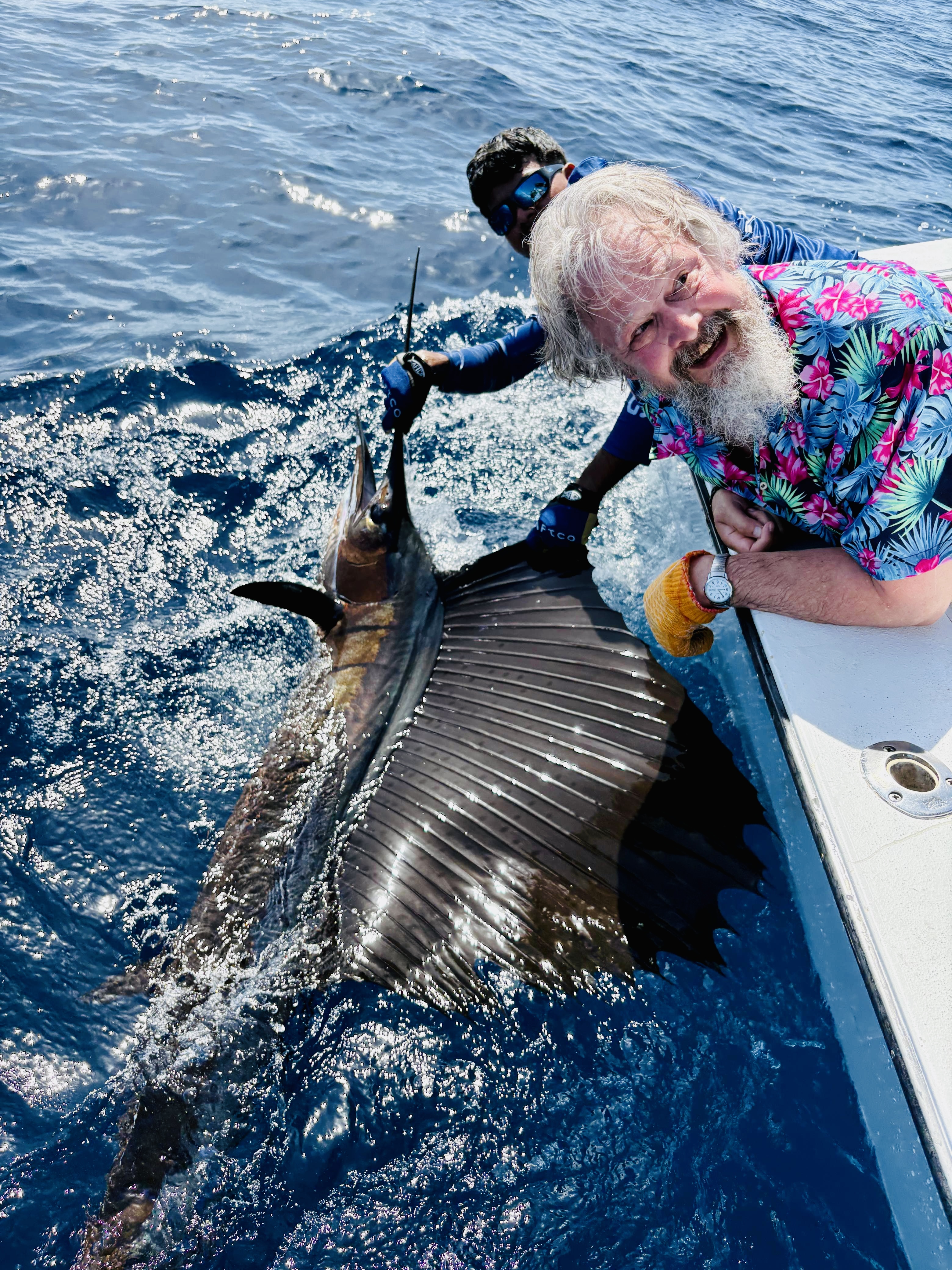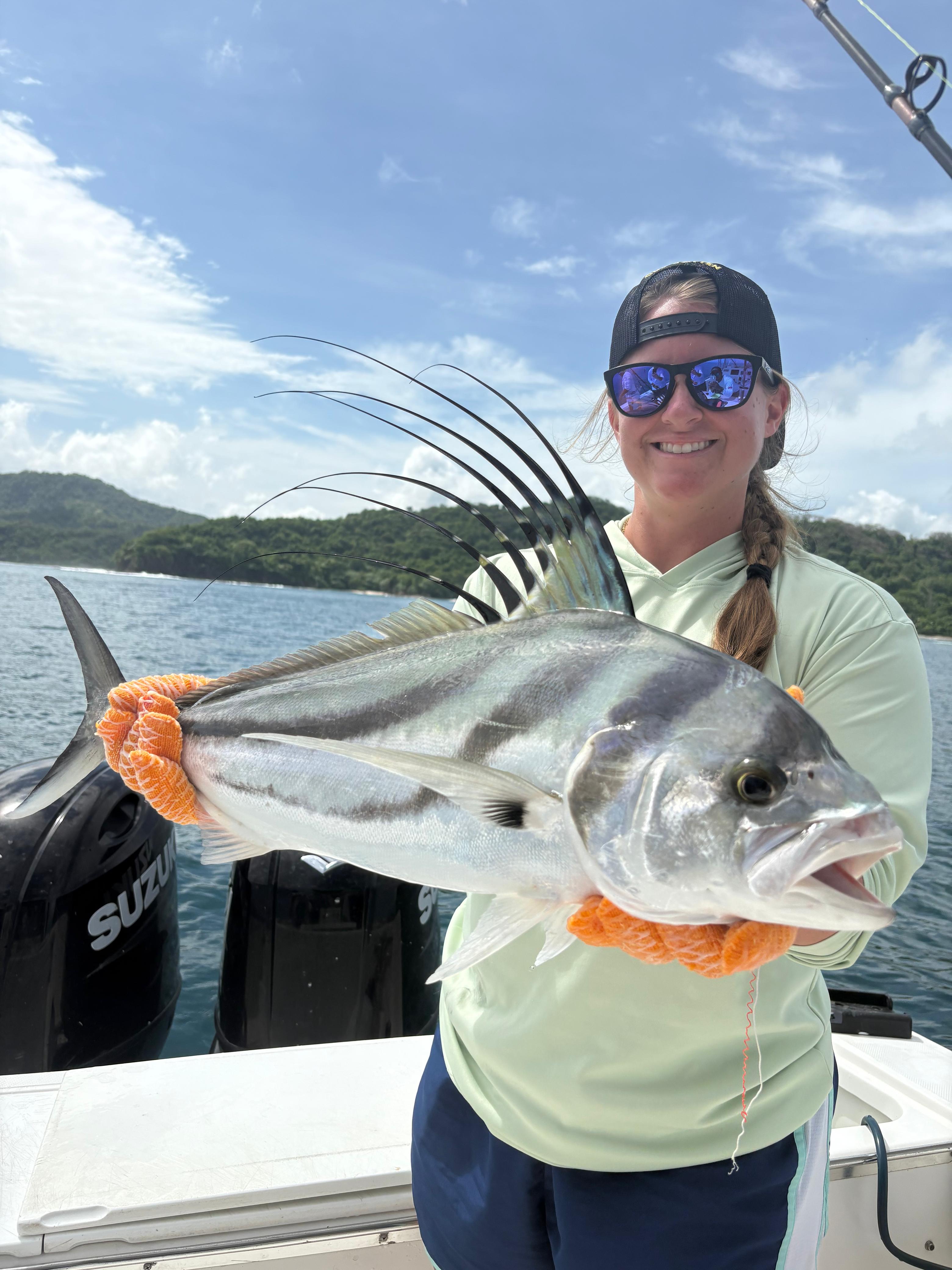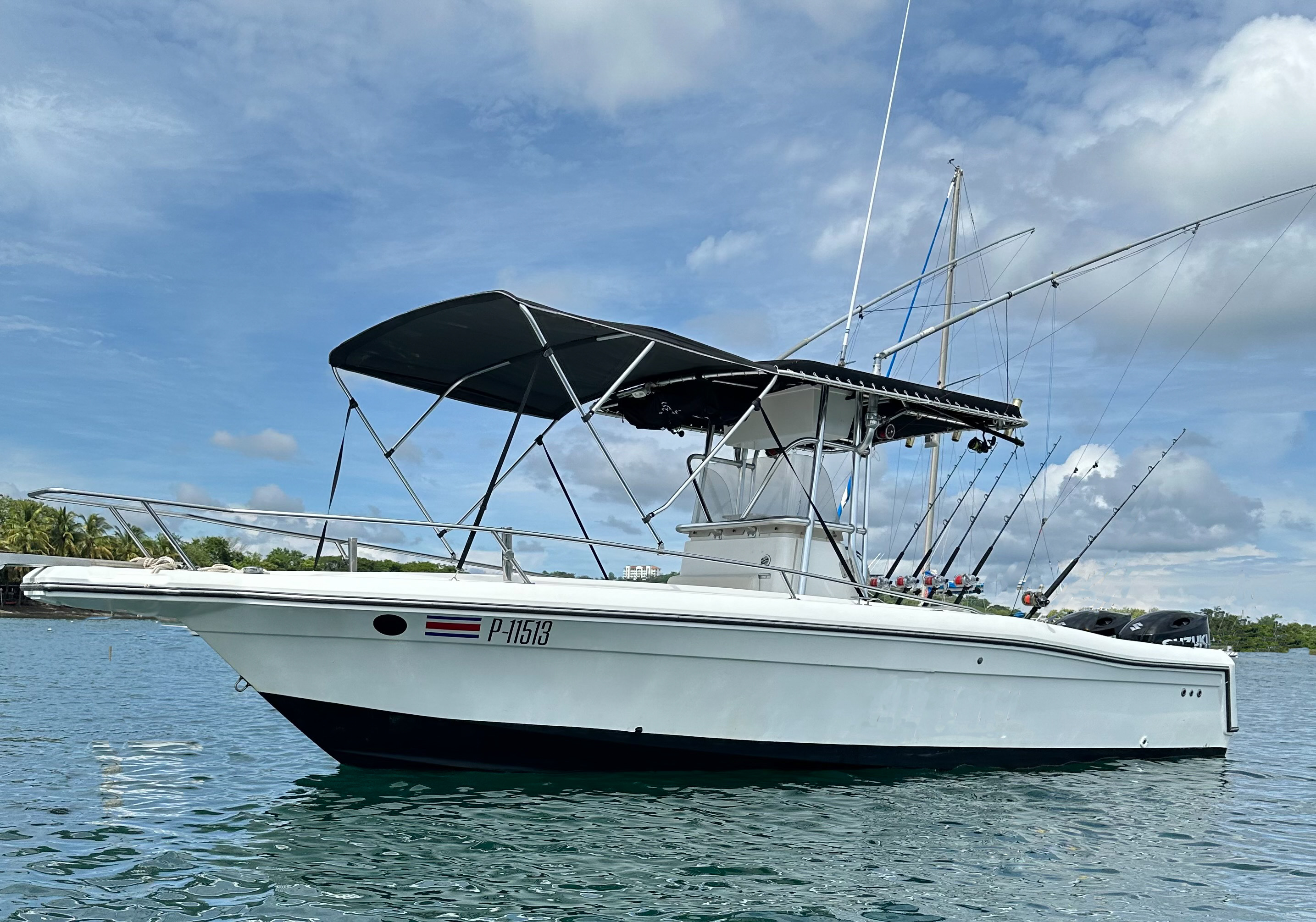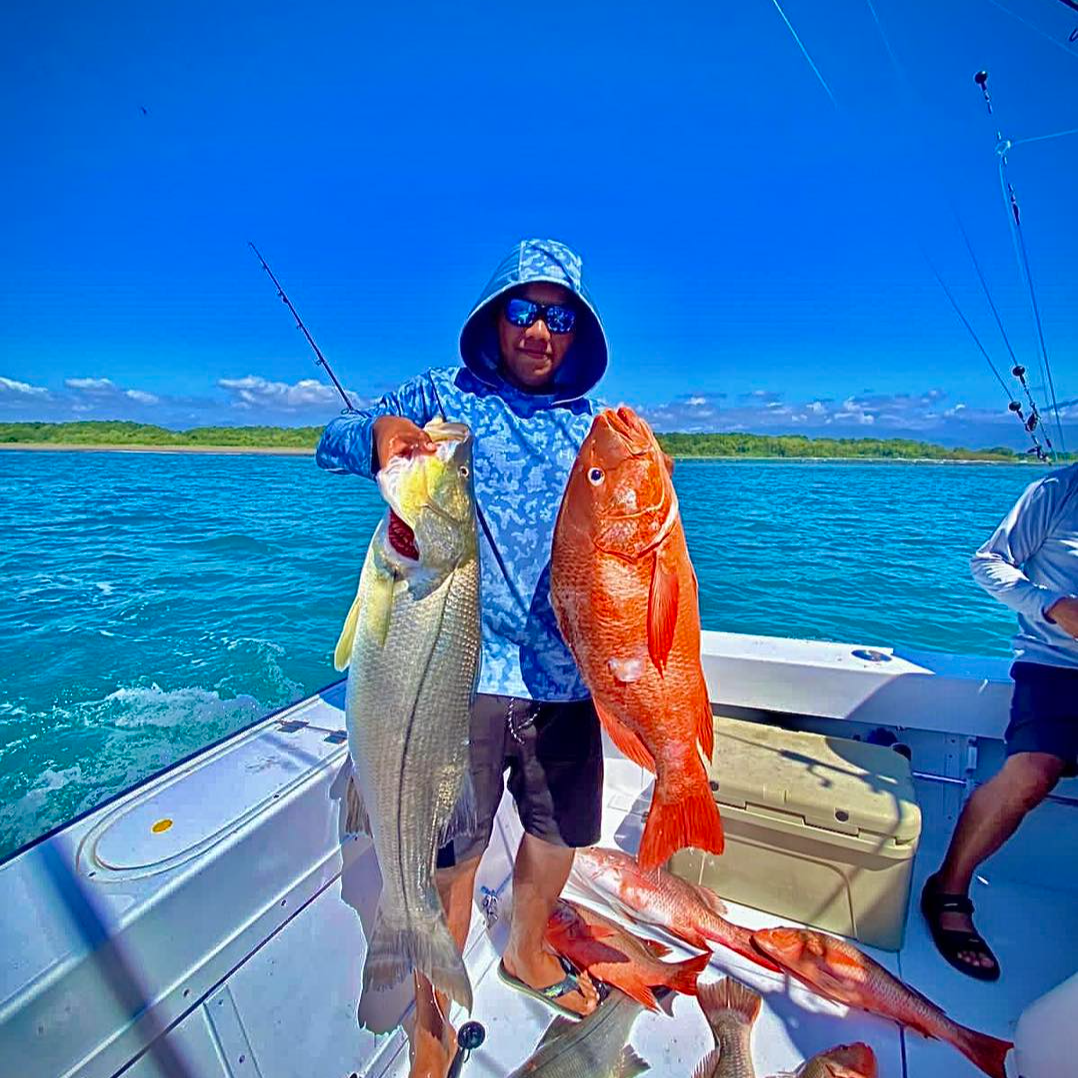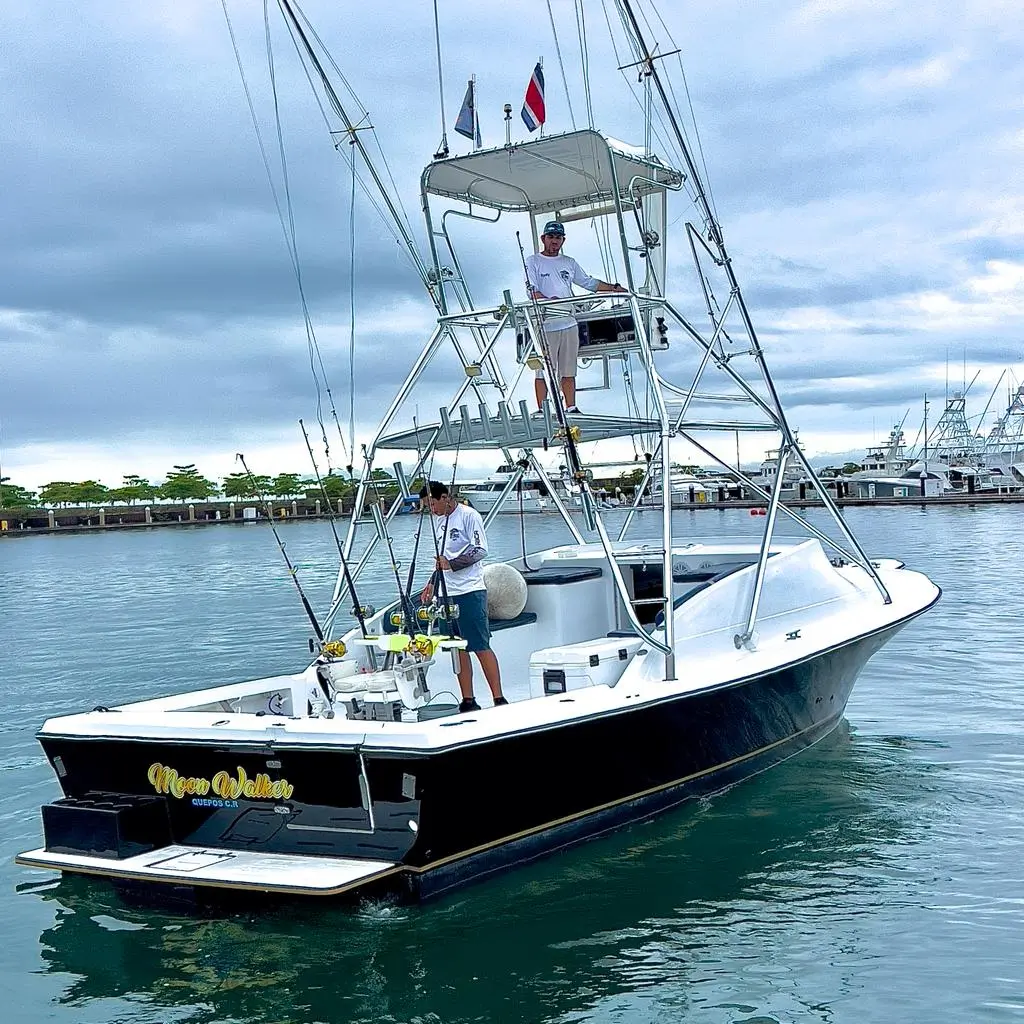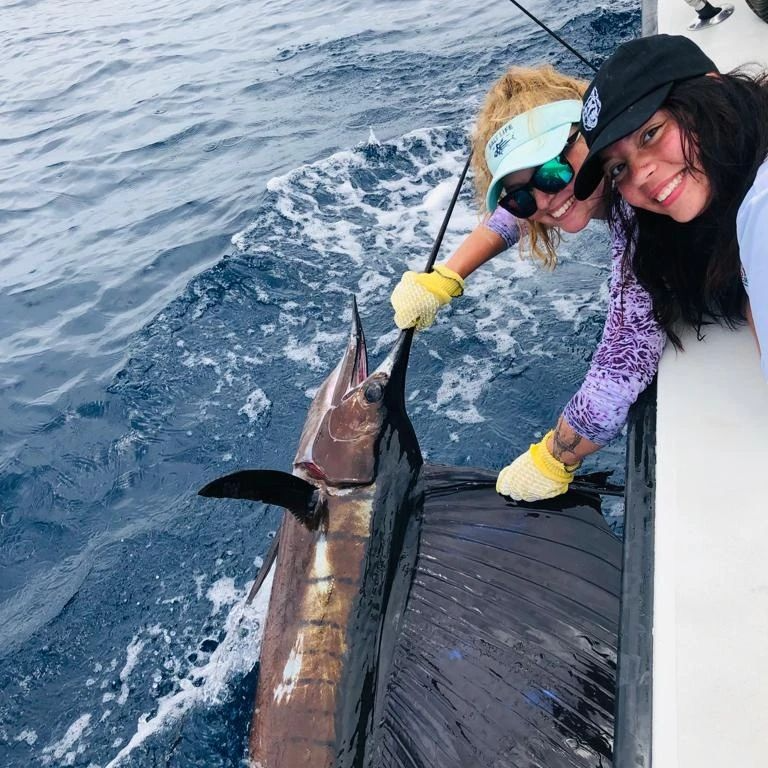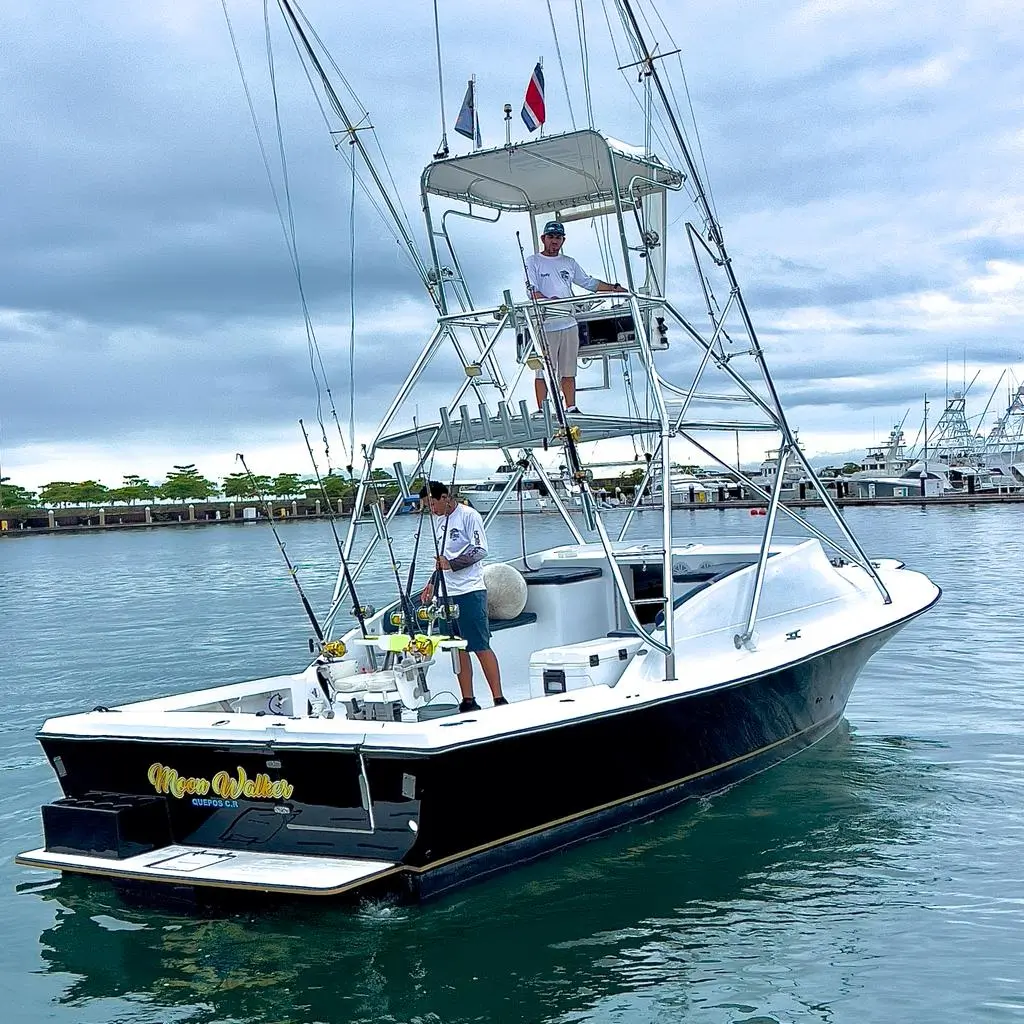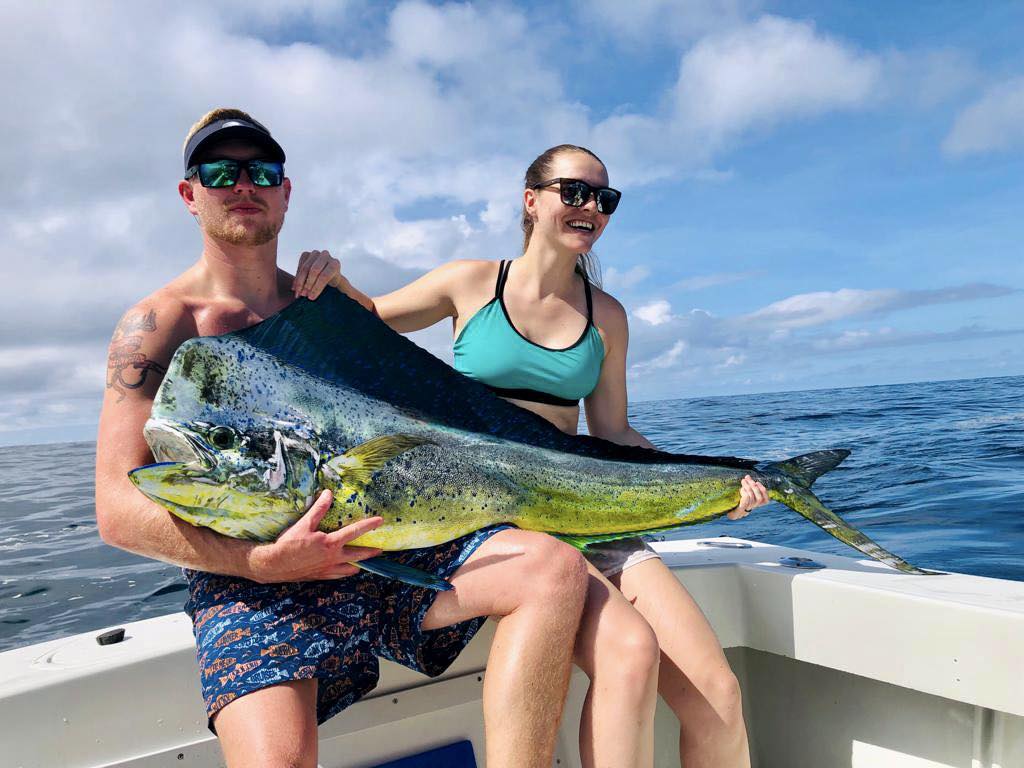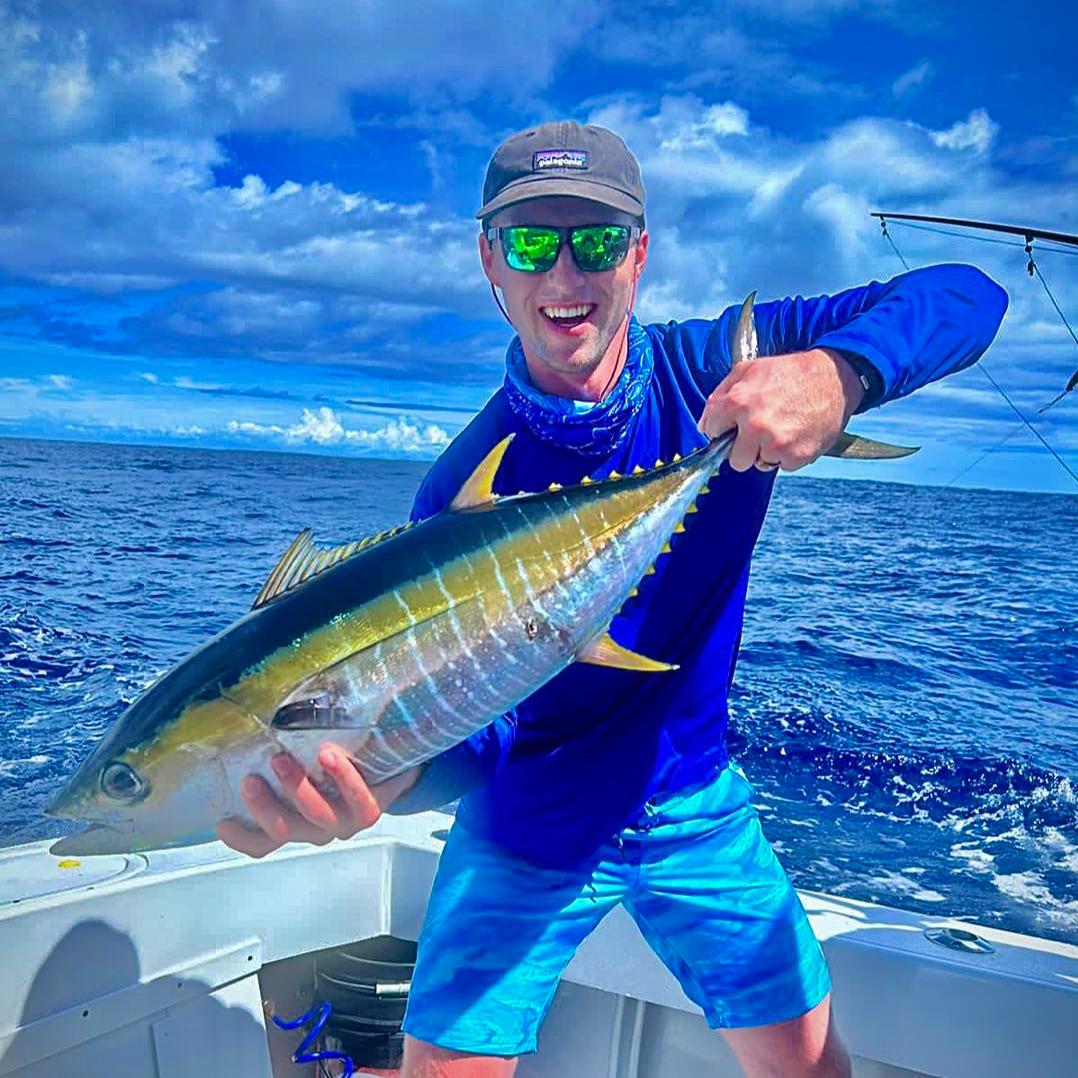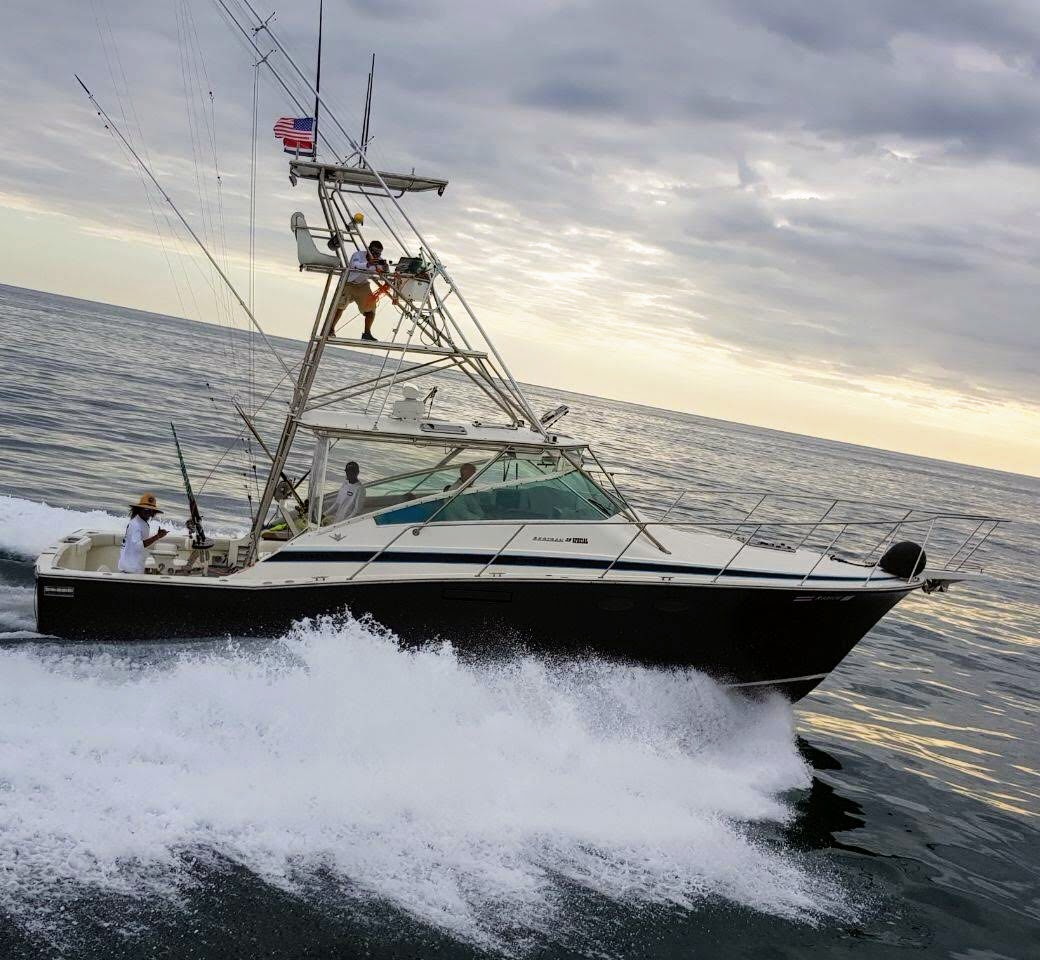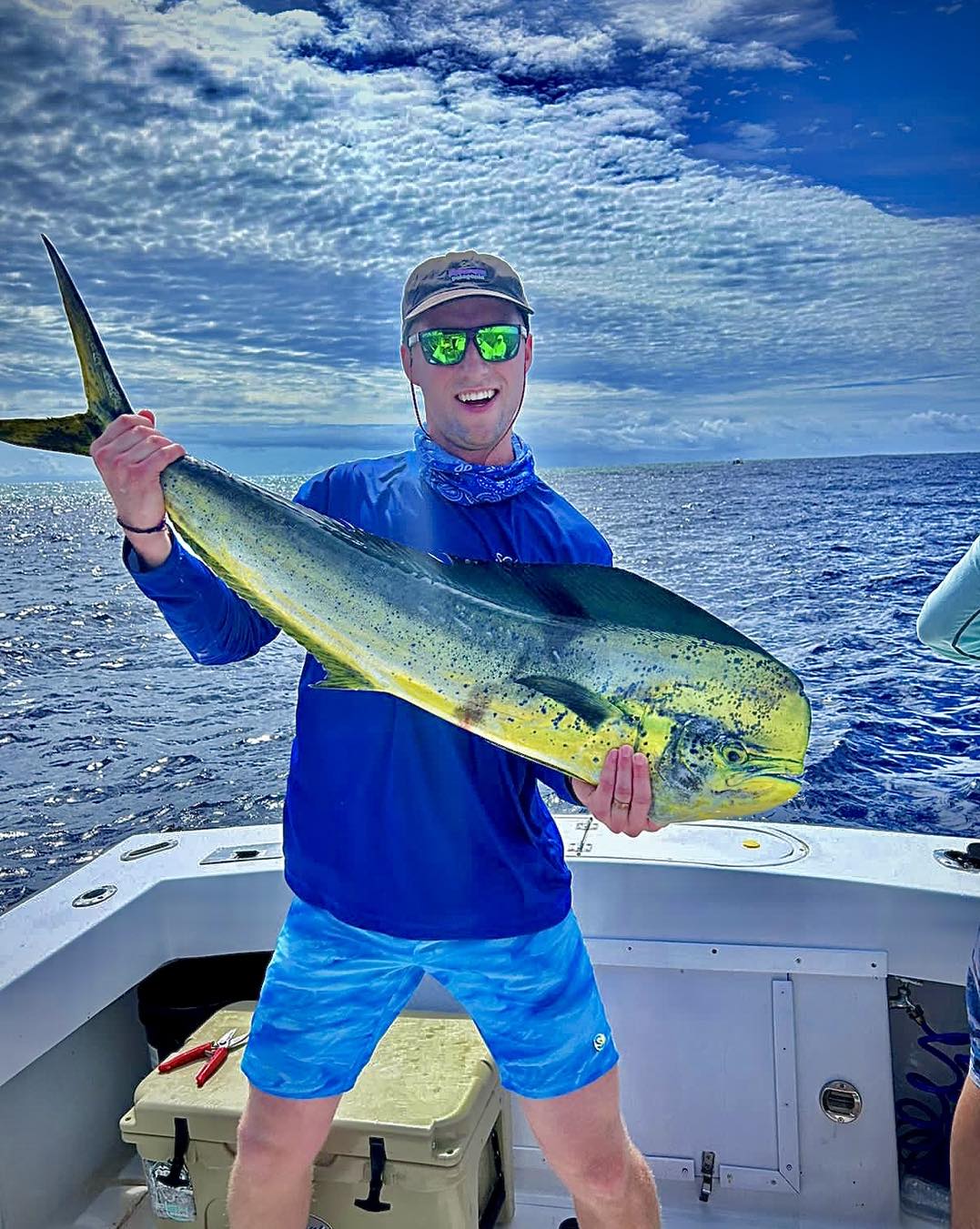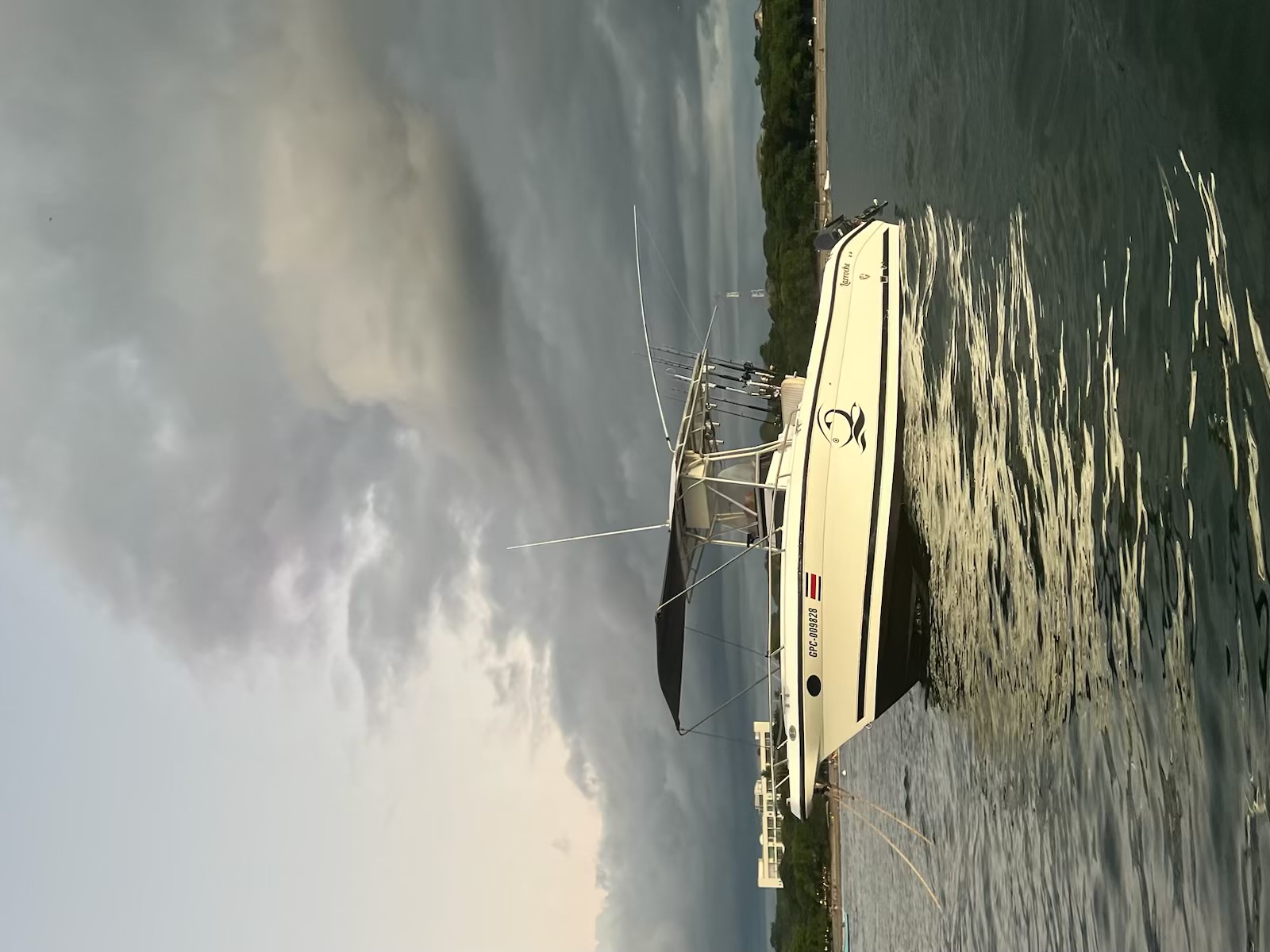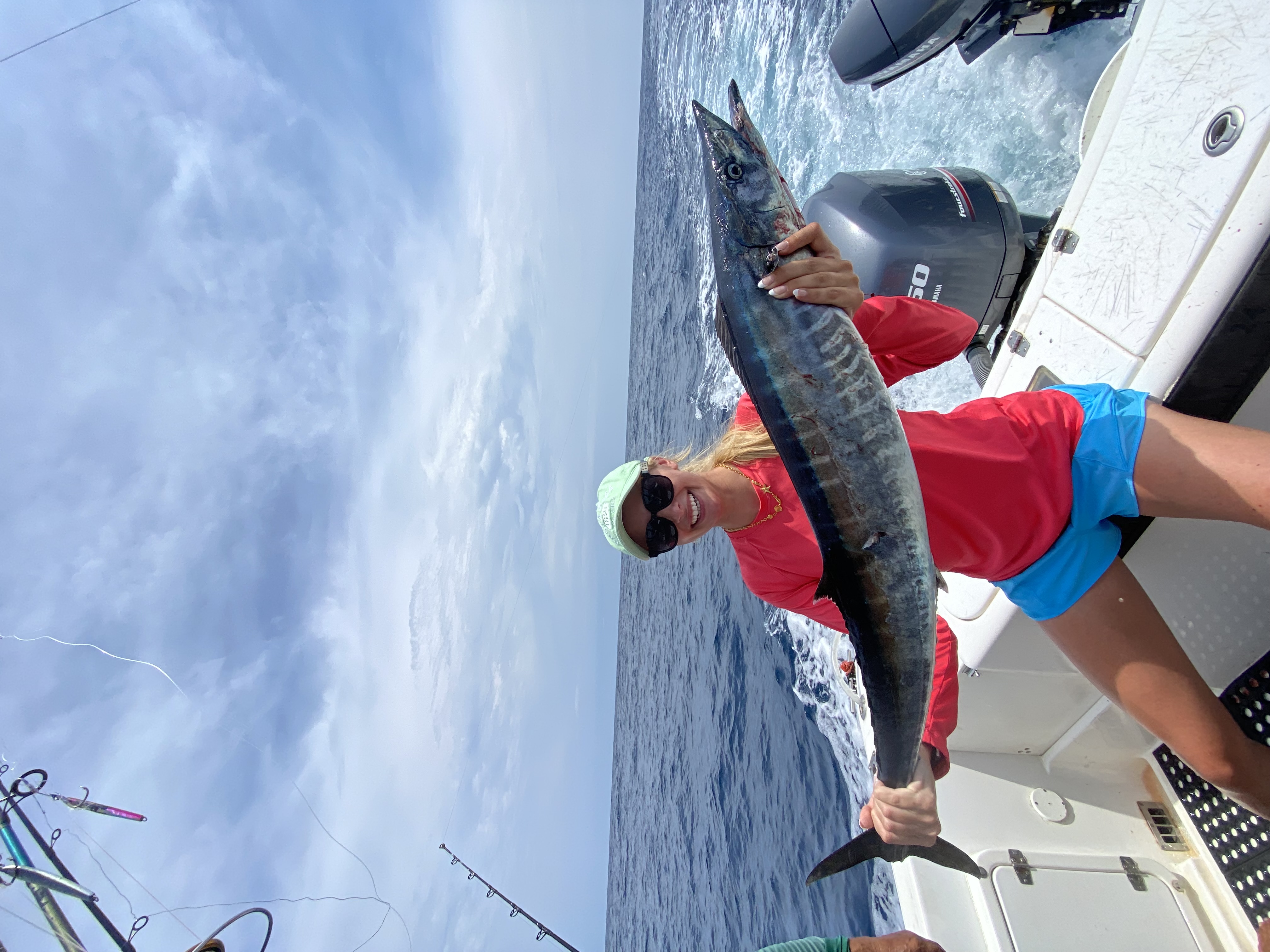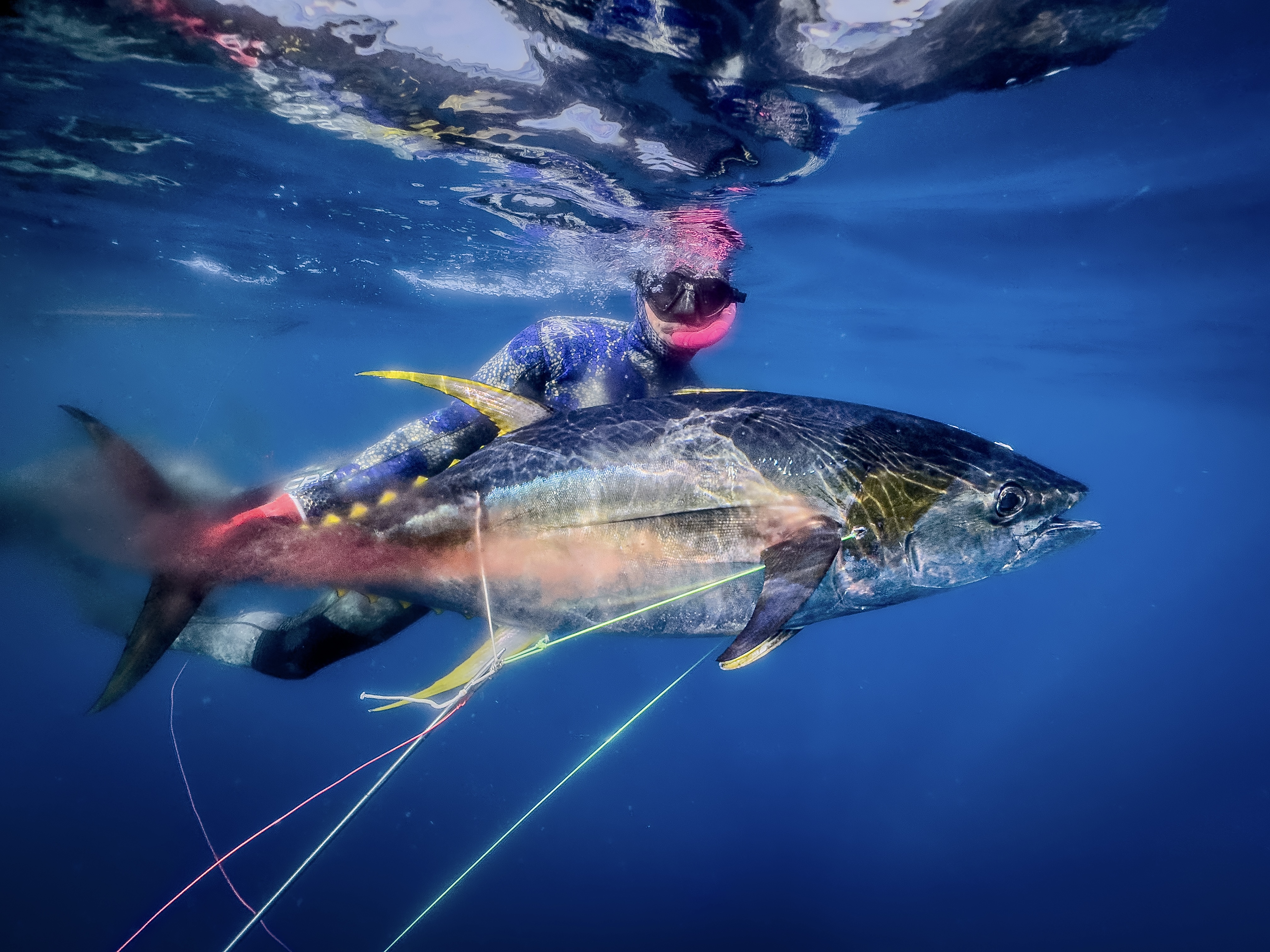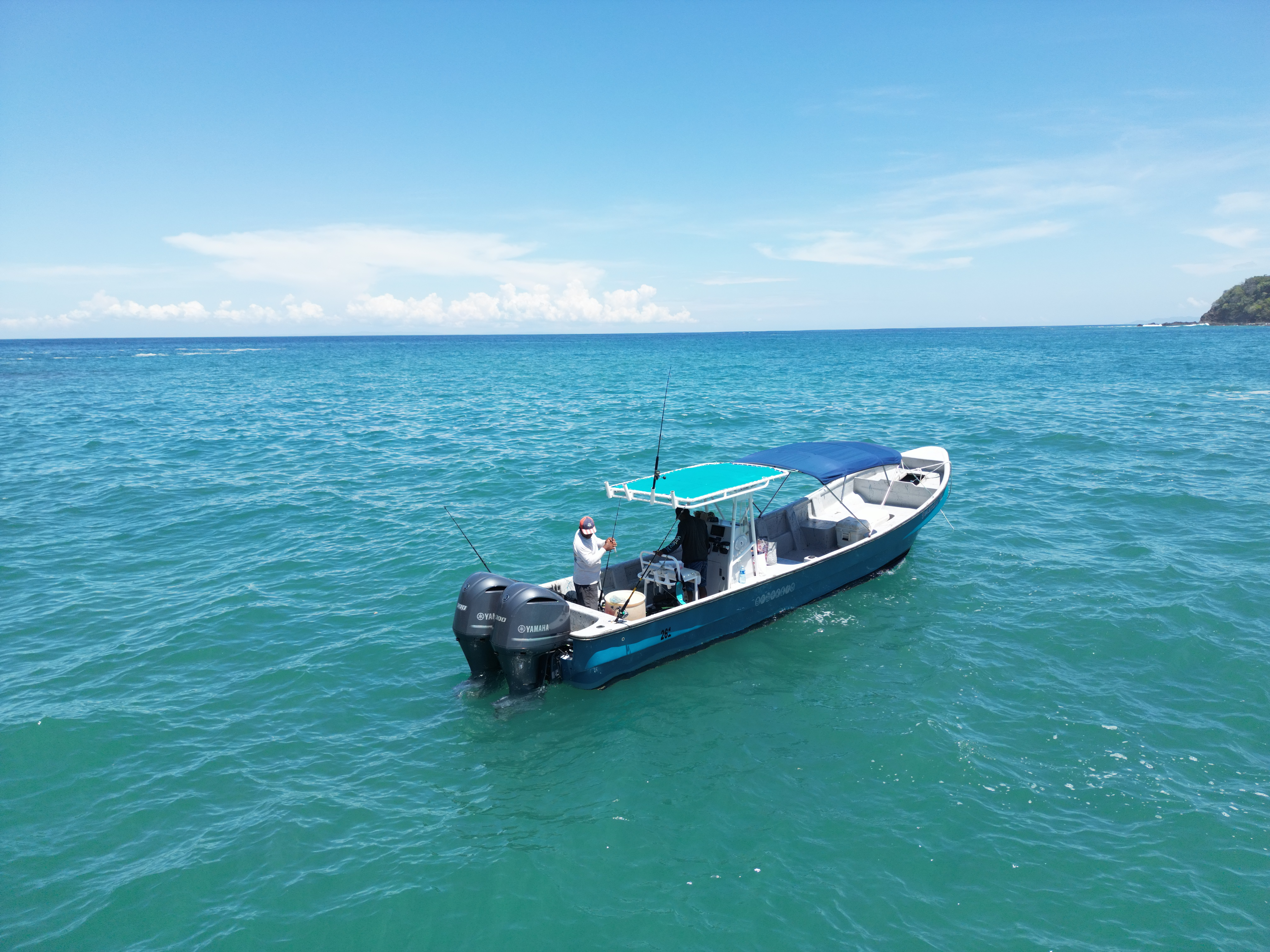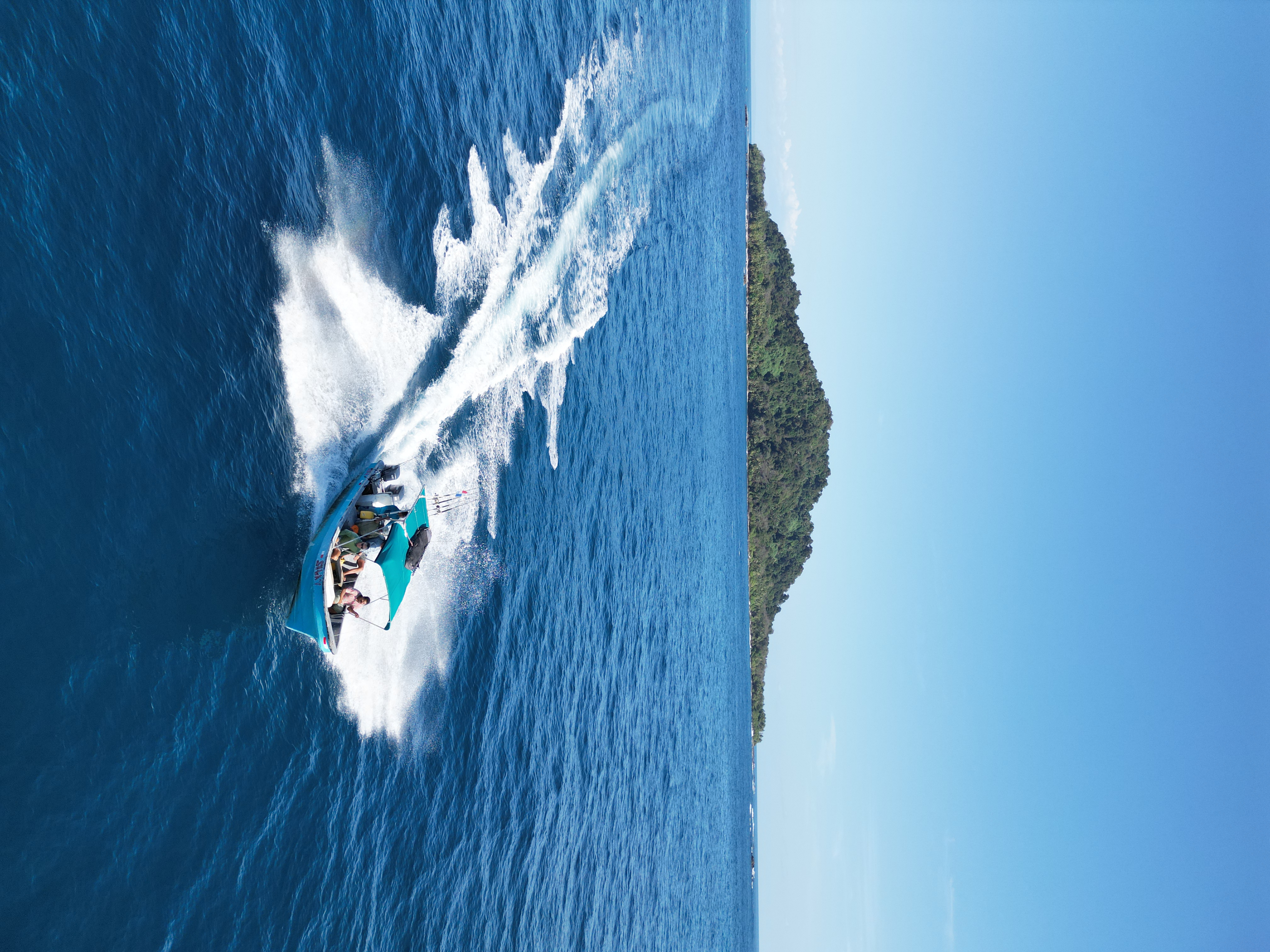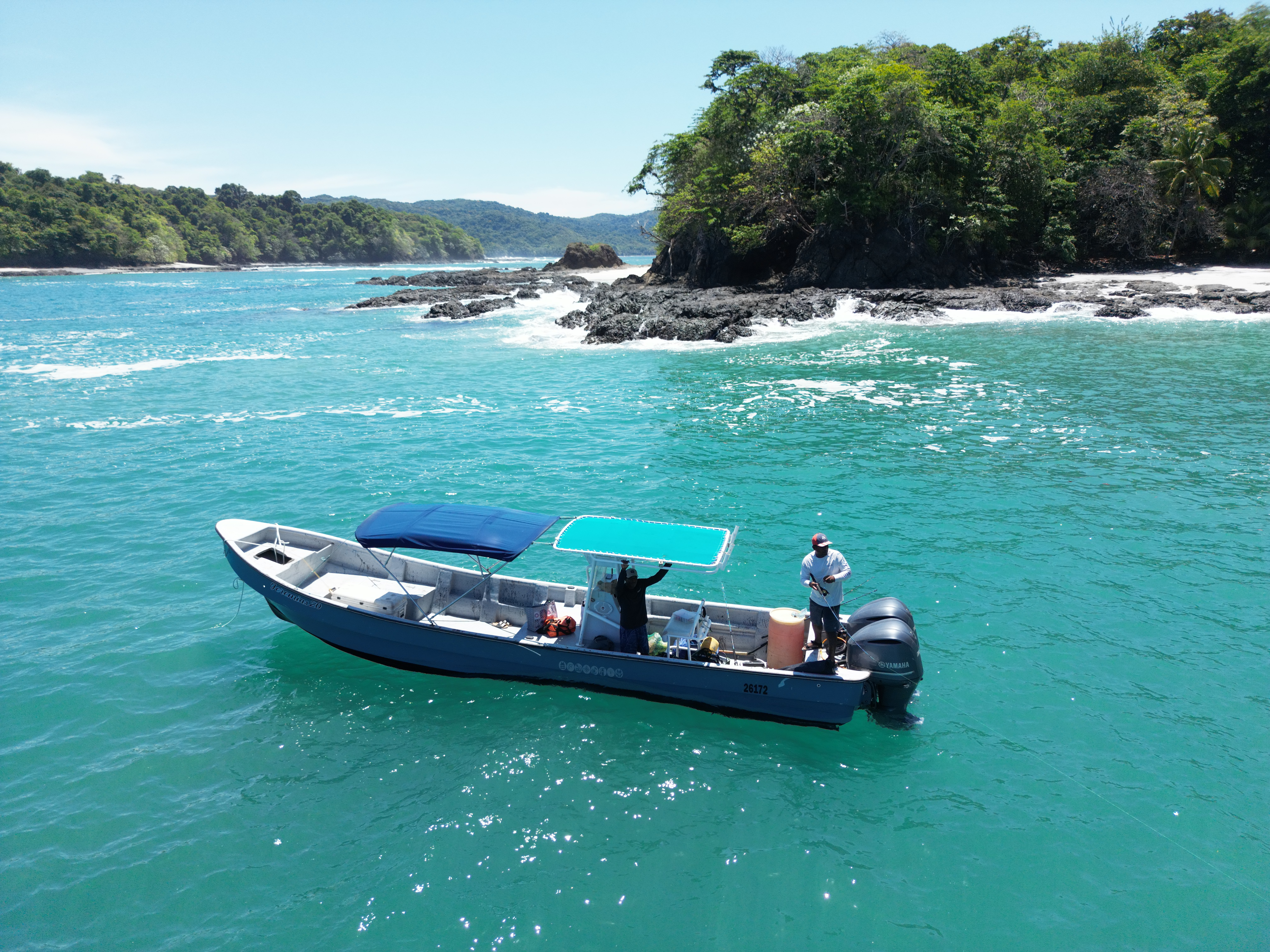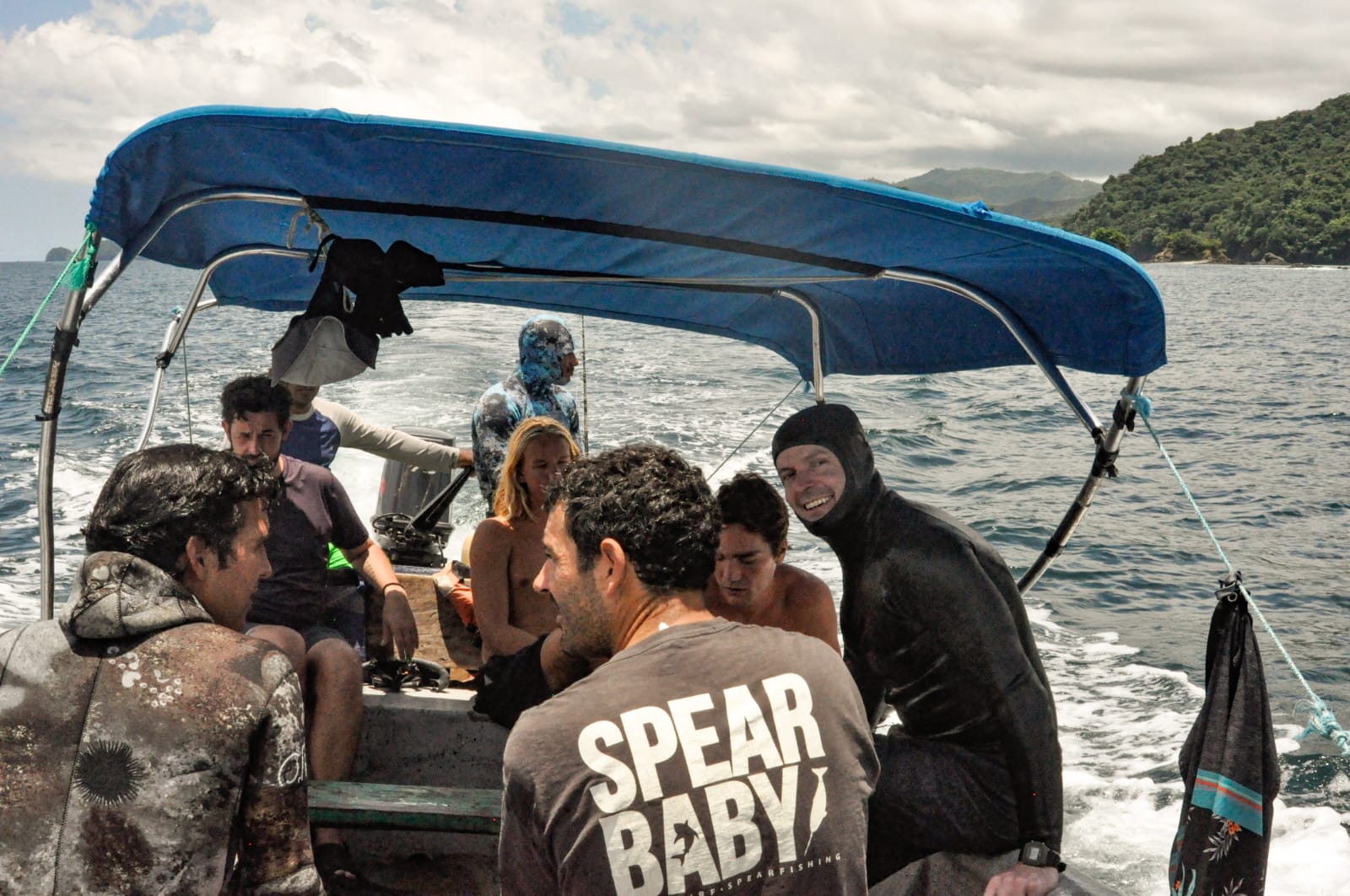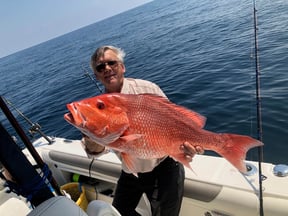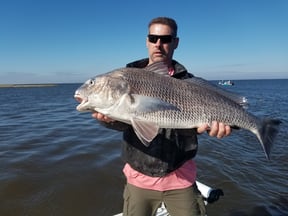Inshore, Nearshore Fishing in Mazatlán
INSHORE FISHING IN MAZATLAN, MEXICO
Inshore, Deep Sea, Nearshore in Playa Flamingo
9 HRS Offshore Or Inshore Fishing
Inshore, Deep Sea, Nearshore in Playa Flamingo
5/7 Hrs Offshore Or Inshore Fishing
Inshore, Deep Sea, Nearshore in Playa Flamingo
4/6/8 Hrs Inshore Private Charter
Quepos Offshore Adventure
Full Day Offshore - 32'
Full Day Offshore - 38'
Inshore, Deep Sea Fishing in Tamarindo
4-9 Hour Trip
Inshore, Deep Sea, Eco Tour in Santa Catalina
Offshore Camp Adventure 4 Days
Inshore, Deep Sea in Santa Catalina
SPEARFISHING PANAMA In The Pacific!
We started Captain Experiences to make it easy to book fishing and hunting guides around the world. With over 2,000 Damn Good Guides, our platform makes finding and booking a trip seamless. Head here to check out our trips.
To the uninformed, the mullet run sounds like a race full of people rocking unconventional haircuts, which in retrospect, isn’t too far off. In this case, mullet are a saltwater bait fish that inhabits and migrates along the Atlantic and Gulf Coasts from the end of August to November. Mullet live in coastal waters during the warmer months but near the end of August, they start to migrate south and eventually offshore to spawn.
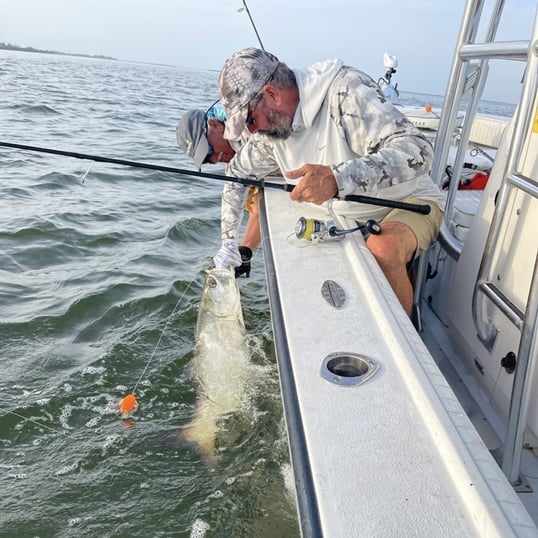
Mullet form huge schools during their annual migration which invariably kicks off some of the best fishing in the world. For saltwater anglers the mullet run is an event which brings on feverish bites from every game fish in the area. The massive schools of mullet draw in predators from redfish, mackerel, trout, bluefish, jacks, snook, and flounder to the largest apex predators like Tarpon and sharks.
Where do The Mullet Run?
Mullet are common in the Atlantic Ocean and Gulf of Mexico both of which see a “mullet run.” The mullet migration is kicked off by a drop in water temperature. The change causes the mullet to turn south and head for warm waters. The Florida mullet run is the most widely known as the schools of bait fish move south so do the anglers. On the Atlantic Coast, mullet pass through every beach south of Virginia.
The Florida Mullet Run
Depending on when the mullet begin their journey south, the bite at any beach along the migration could be incredible. The Florida mullet run is one of the best times to go fishing with quality chances at bucket list fish like snook and tarpon on the southern end. While timing the mullet run is crucial, structure provides some of the best places to fish. Inlets are one of the best places to find mullet and the game fish that feed on them. Inlets force the large schools of mullet through a choke point which predatory fish use to hunt. Jetties and piers are also great spots with plenty of structure and current to hold giants. The mullet spawning migration in florida takes place in October and November. Once these fish get far enough south they head offshore to spawn but the action doesn’t stop.
The Texas Mullet Run
The mullet run in Texas is less pronounced than the Florida run, but it still provides unbelievable fishing opportunities. The run generally lasts from August through December which overlaps with other bait fish like anchovies. As the mullet stage in the bays for their offshore trip, anchovies move in. When a cold front hits the mullet will pour out of the bays and inlets to go spawn while the anchovies move in to fill the void left behind. As the finger mullet move offshore, the spawning bull reds tend to follow.
Spring Mullet Run
Mullet do not spawn in the spring but they do head back to coastal waters. These springs schools of mullet can be found in Central and South Florida as well as on the South Texas coast. The mullet move along the coastal waterways from March through May. Nearshore and inshore fishing is very productive while the mullet are regrouping after their spawn.
Baits To Use During The Mullet Run
During the fall mullet run predatory fish are dialed in on these baitfish and make throwing a live mullet the obvious choice. If you locate a school of mullet, a single throw with a cast net can secure all the bait you’ll need. When fishing with live mullet, a weightless setup is great for targeting fish near the surface but attaching a weight is perfect for some of the deeper species.
Artificial lures are also effective but the shape and color pattern should closely mimic a mullet. Some of the most popular and effective lures for the mullet run are the DOA Swimming Mullet, Heddon Superspook, Rapala X-Rap, and the trusty Pencil popper. Schools of mullet frequently get pressured near the surface by large predatory fish. This generally results in mullet leaping out of the water trying to escape and makes the water look almost as if it’s boiling. Any topwater bait that creates a disturbance is bound to get smoked in the crossfire.
Joey Butrus
Updated on July 28, 2023

June 28, 2023

October 26, 2020

April 26, 2022

June 22, 2022

August 21, 2023
Related Articles
June 3, 2021
October 6, 2021
December 2, 2022
Featured Locations
- Fishing Charters Near Me
- Austin Fishing Guides
- Biloxi Fishing Charters
- Bradenton Fishing Charters
- Cabo San Lucas Fishing Charters
- Cancun Fishing Charters
- Cape Coral Fishing Charters
- Charleston Fishing Charters
- Clearwater Fishing Charters
- Corpus Christi Fishing Charters
- Crystal River Fishing Charters
- Dauphin Island Fishing Charters
- Daytona Beach Fishing Charters
- Destin Fishing Charters
- Fort Lauderdale Fishing Charters
- Fort Myers Fishing Charters
- Fort Walton Beach Fishing Charters
- Galveston Fishing Charters
- Gulf Shores Fishing Charters
- Hatteras Fishing Charters
- Hilton Head Fishing Charters
- Islamorada Fishing Charters
- Jacksonville Fishing Charters
- Jupiter Fishing Charters
- Key Largo Fishing Charters
- Key West Fishing Charters
- Kona Fishing Charters
- Lakeside Marblehead Fishing Charters
- Marathon Fishing Charters
- Marco Island Fishing Charters
- Miami Fishing Charters
- Montauk Fishing Charters
- Morehead City Fishing Charters
- Naples Fishing Charters
- New Orleans Fishing Charters
- New Smyrna Beach Fishing Charters
- Ocean City Fishing Charters
- Orange Beach Fishing Charters
- Panama City Beach Fishing Charters
- Pensacola Fishing Charters
- Pompano Beach Fishing Charters
- Port Aransas Fishing Charters
- Port Orange Fishing Charters
- Rockport Fishing Charters
- San Diego Fishing Charters
- San Juan Fishing Charters
- Sarasota Fishing Charters
- South Padre Island Fishing Charters
- St. Augustine Fishing Charters
- St. Petersburg Fishing Charters
- Tampa Fishing Charters
- Tarpon Springs Fishing Charters
- Venice Fishing Charters
- Virginia Beach Fishing Charters
- West Palm Beach Fishing Charters
- Wilmington Fishing Charters
- Wrightsville Beach Fishing Charters
